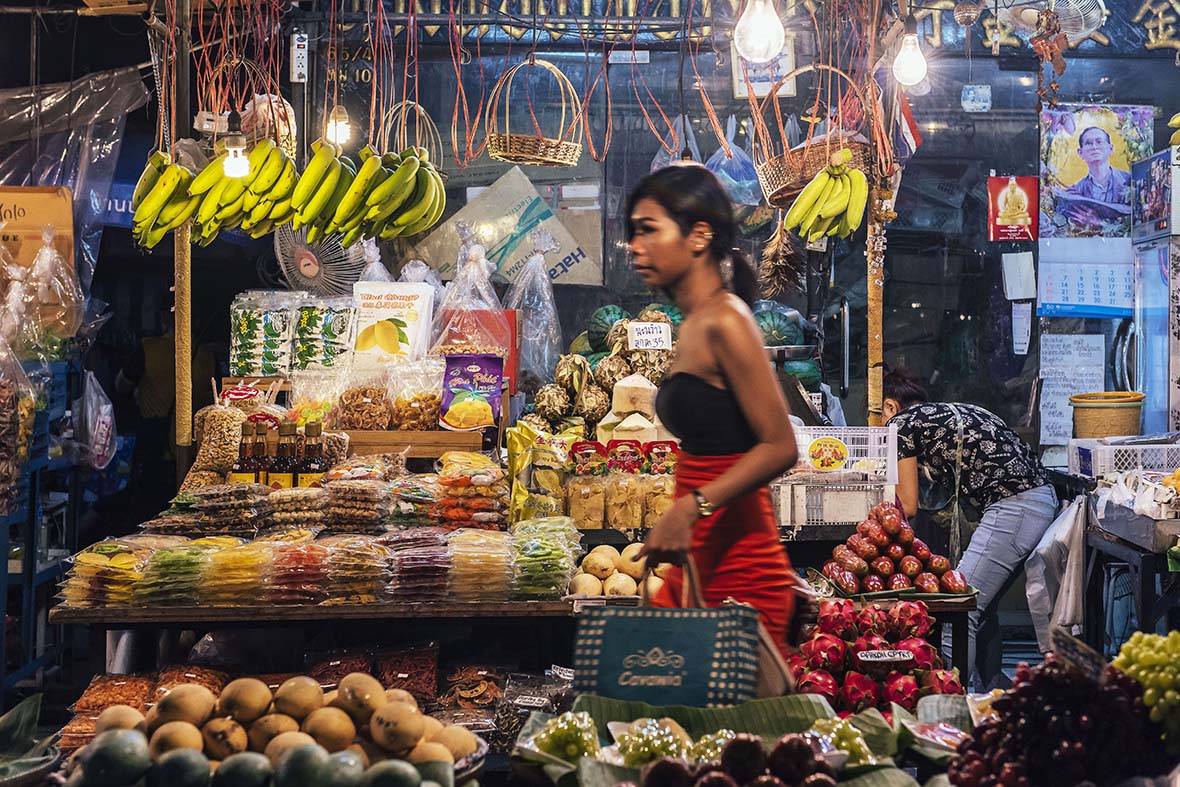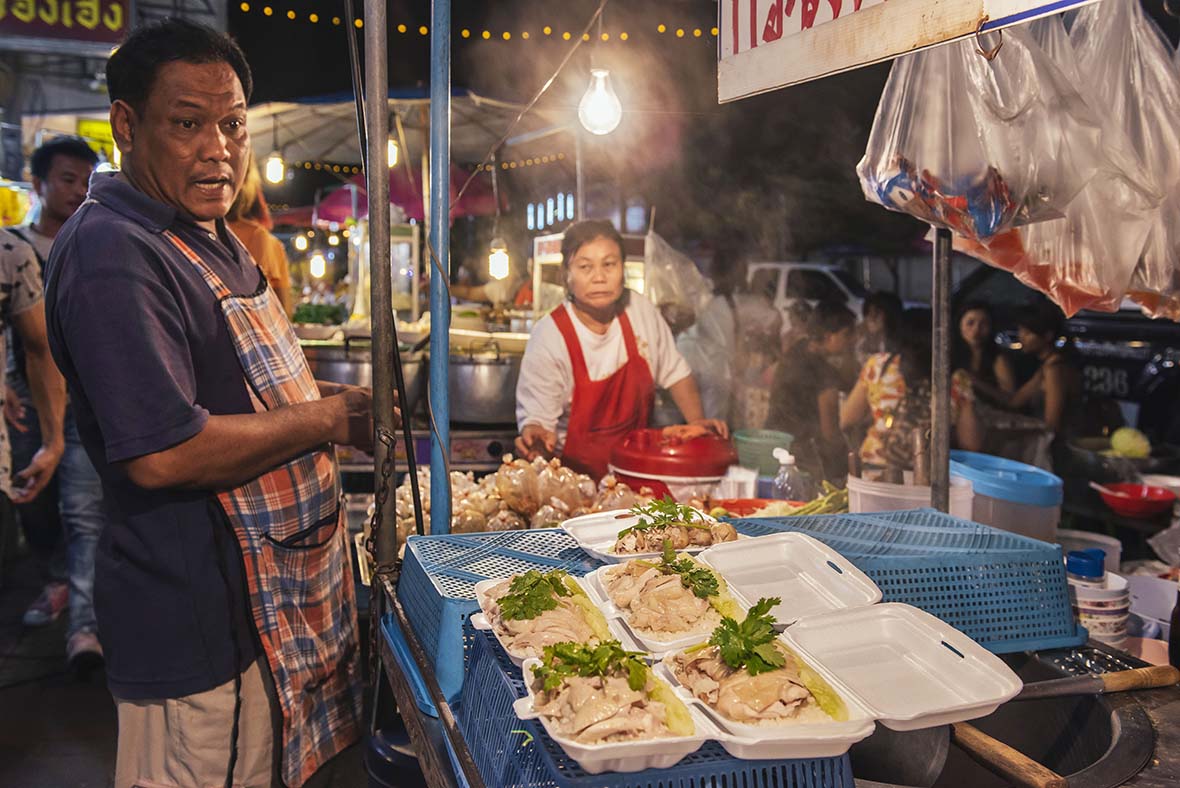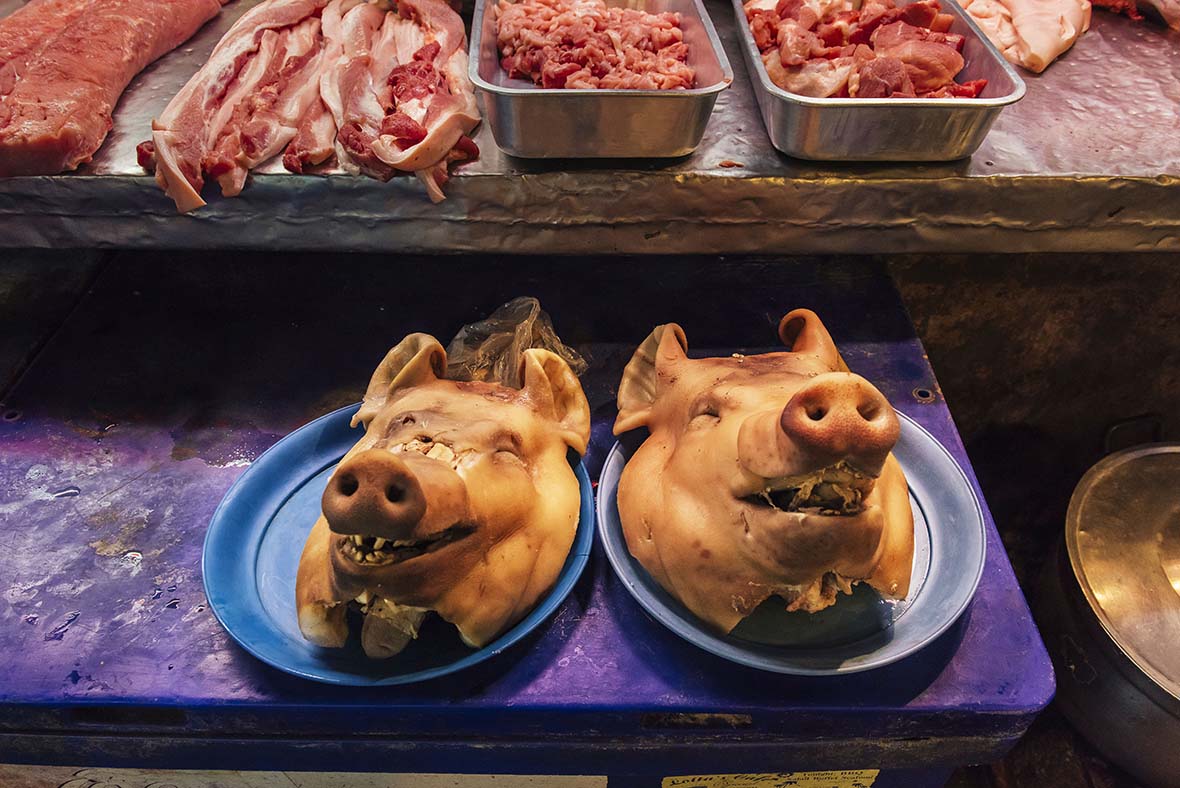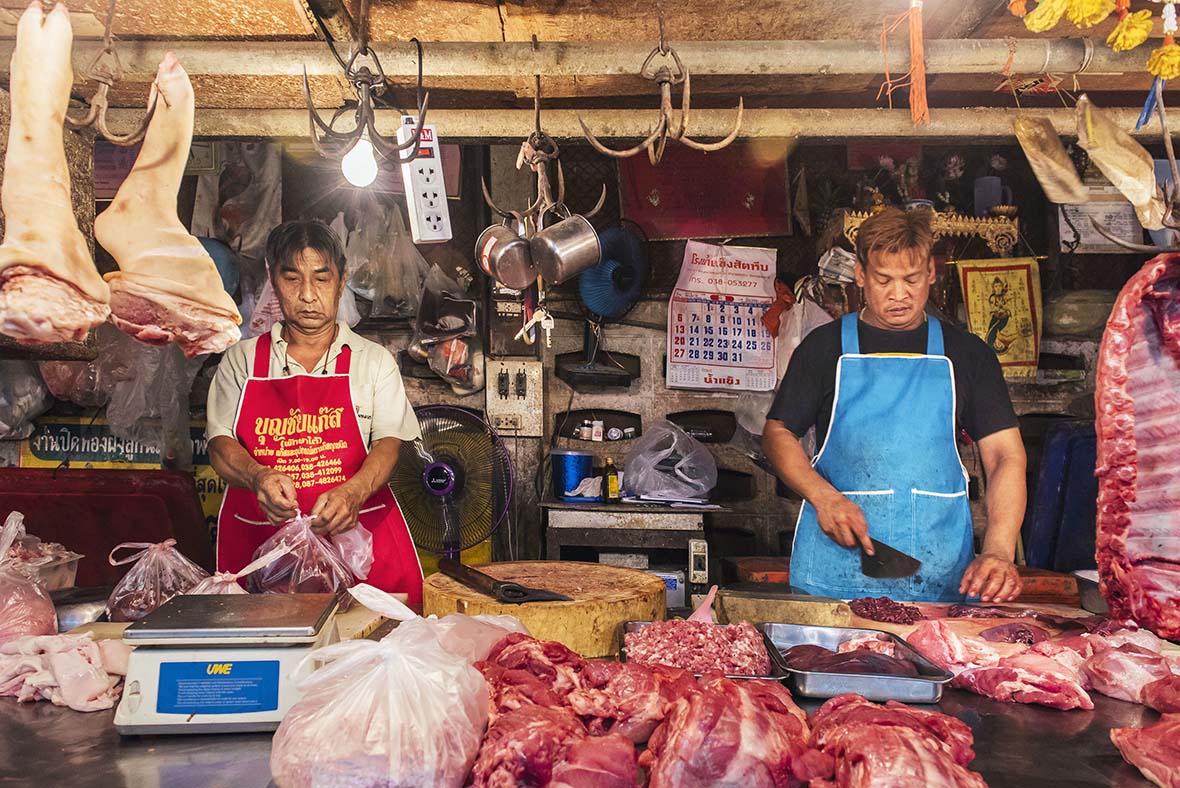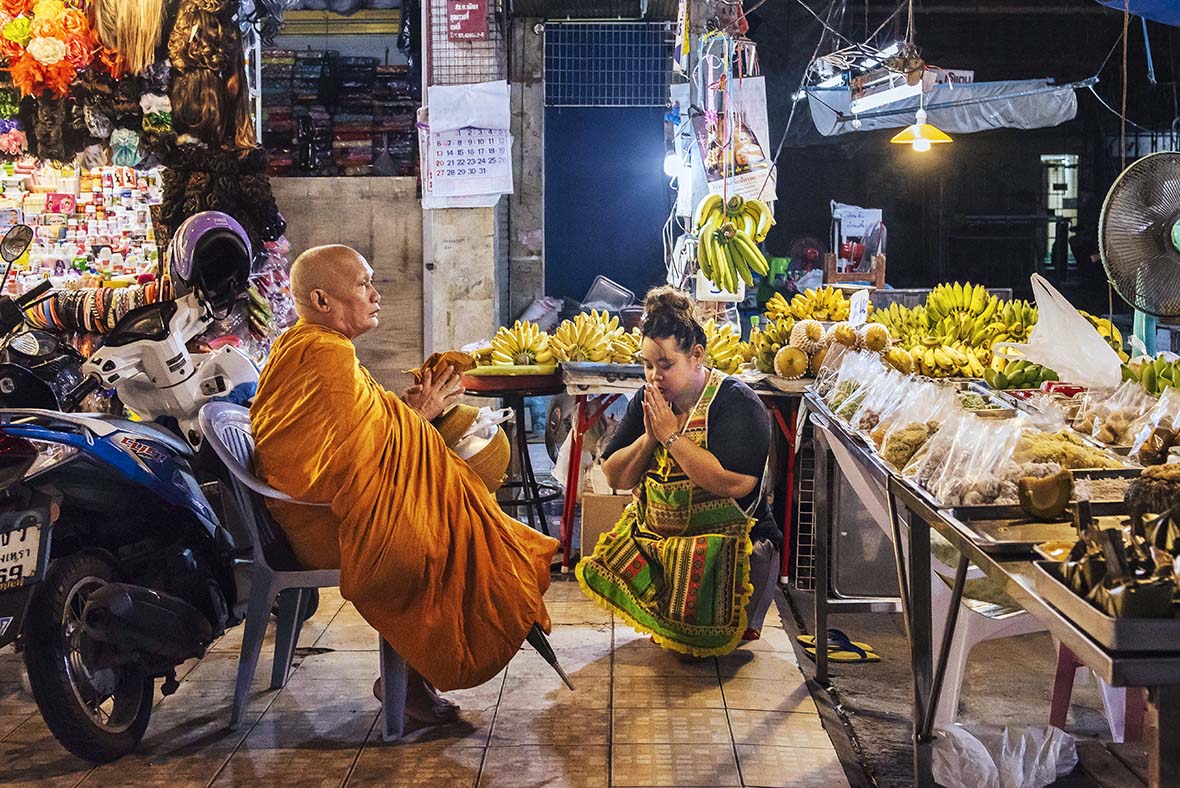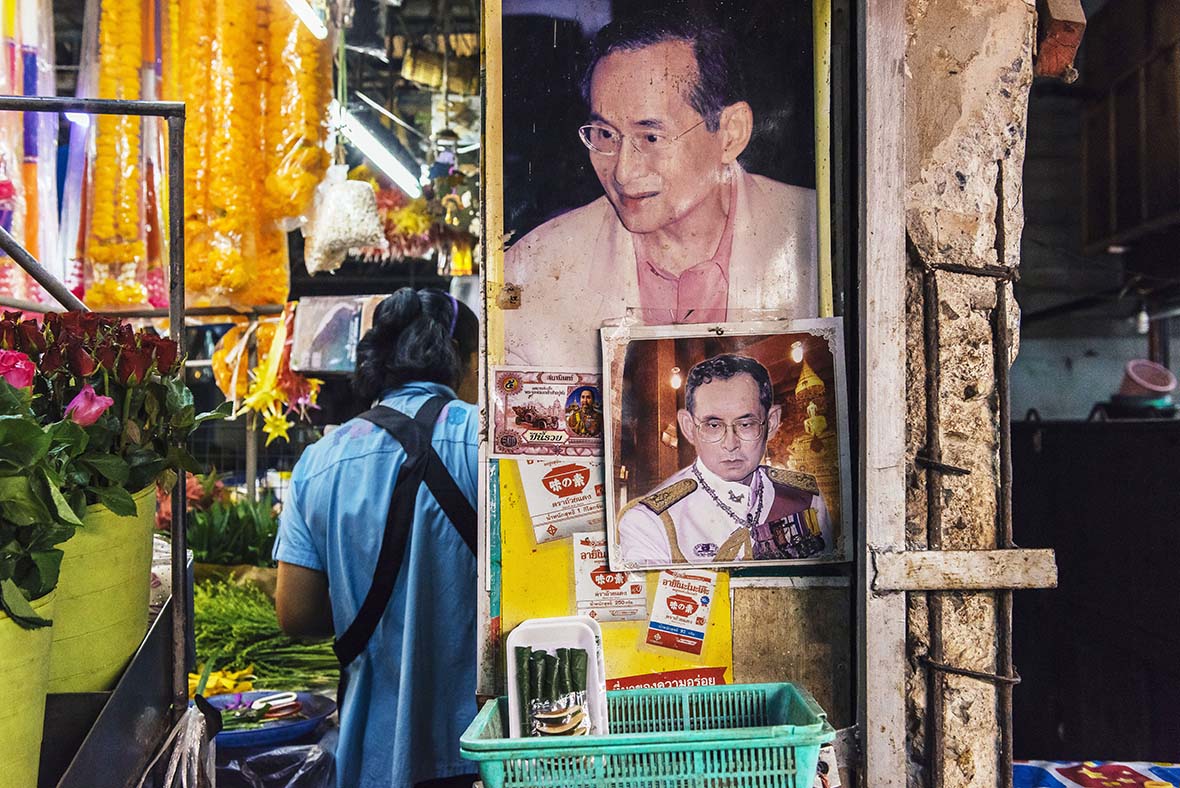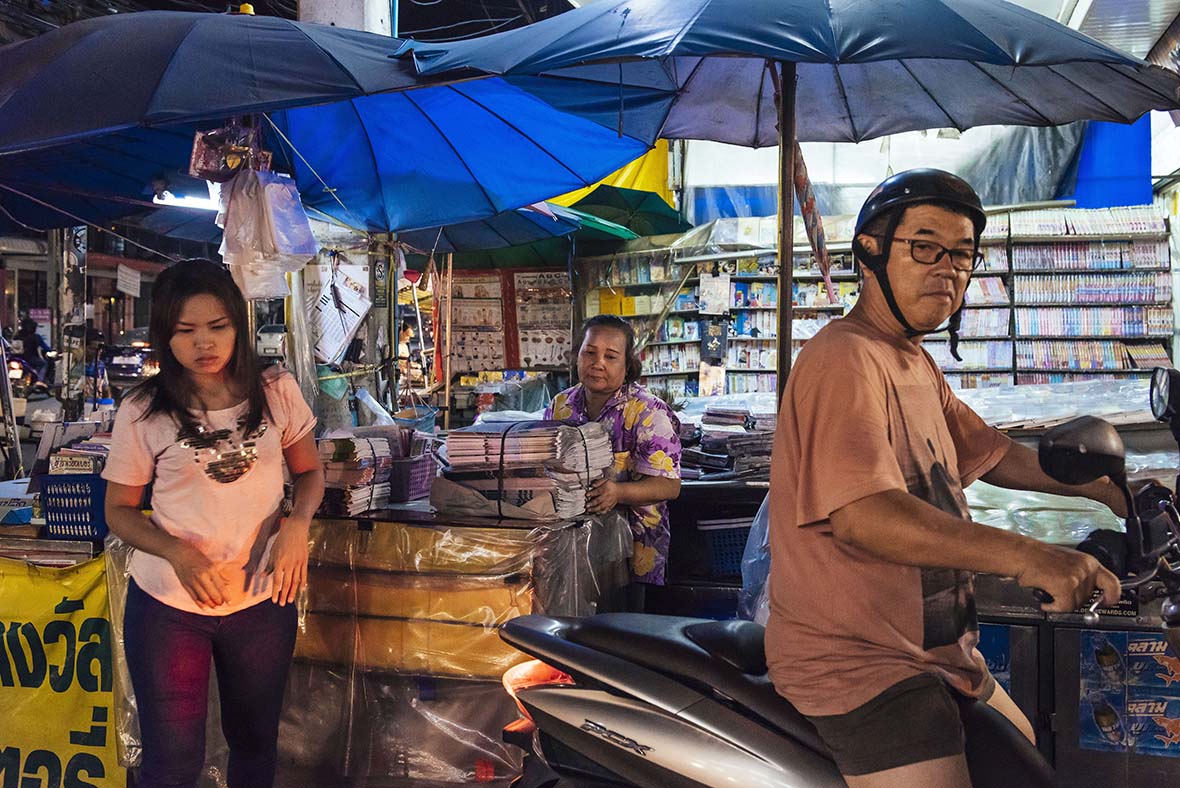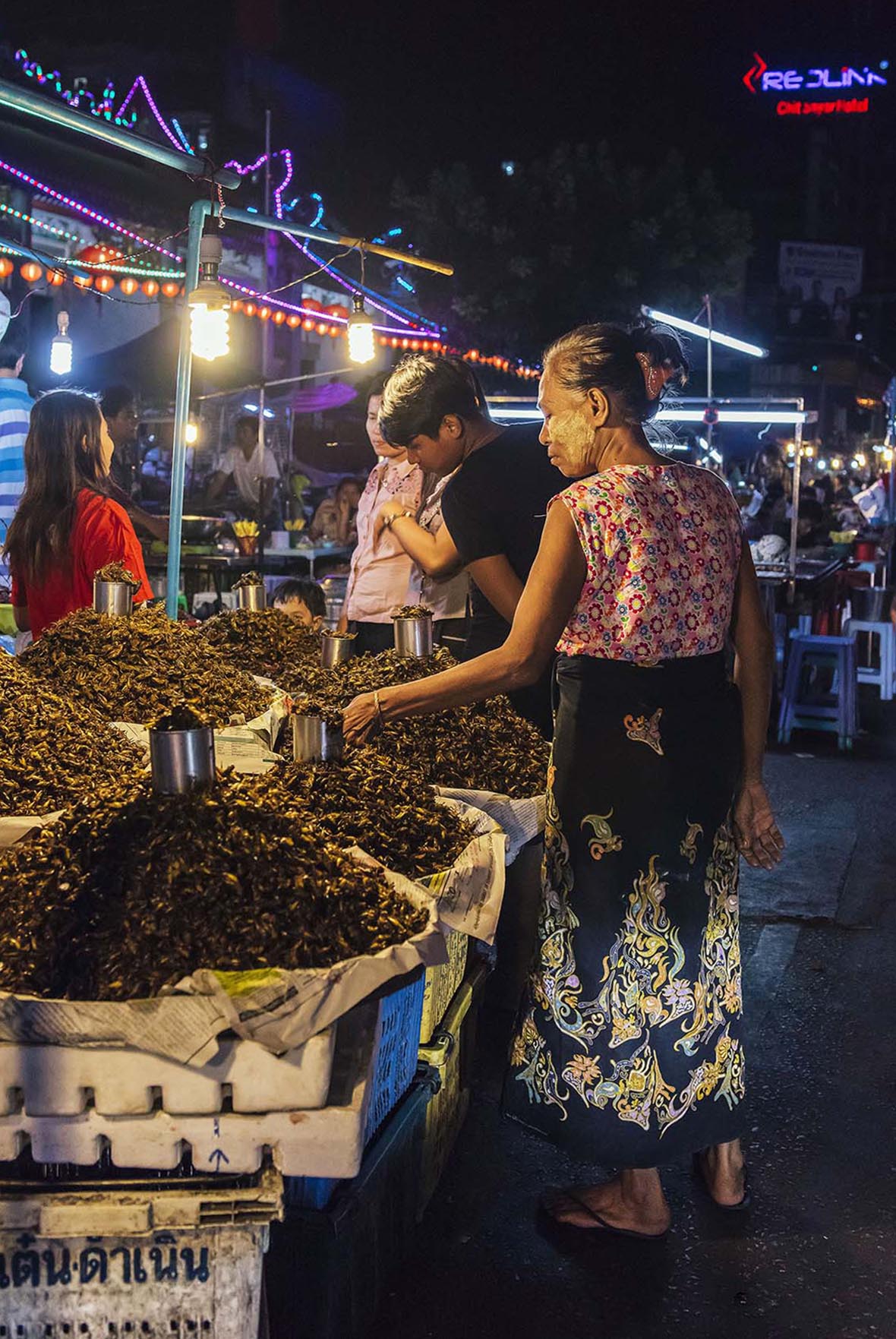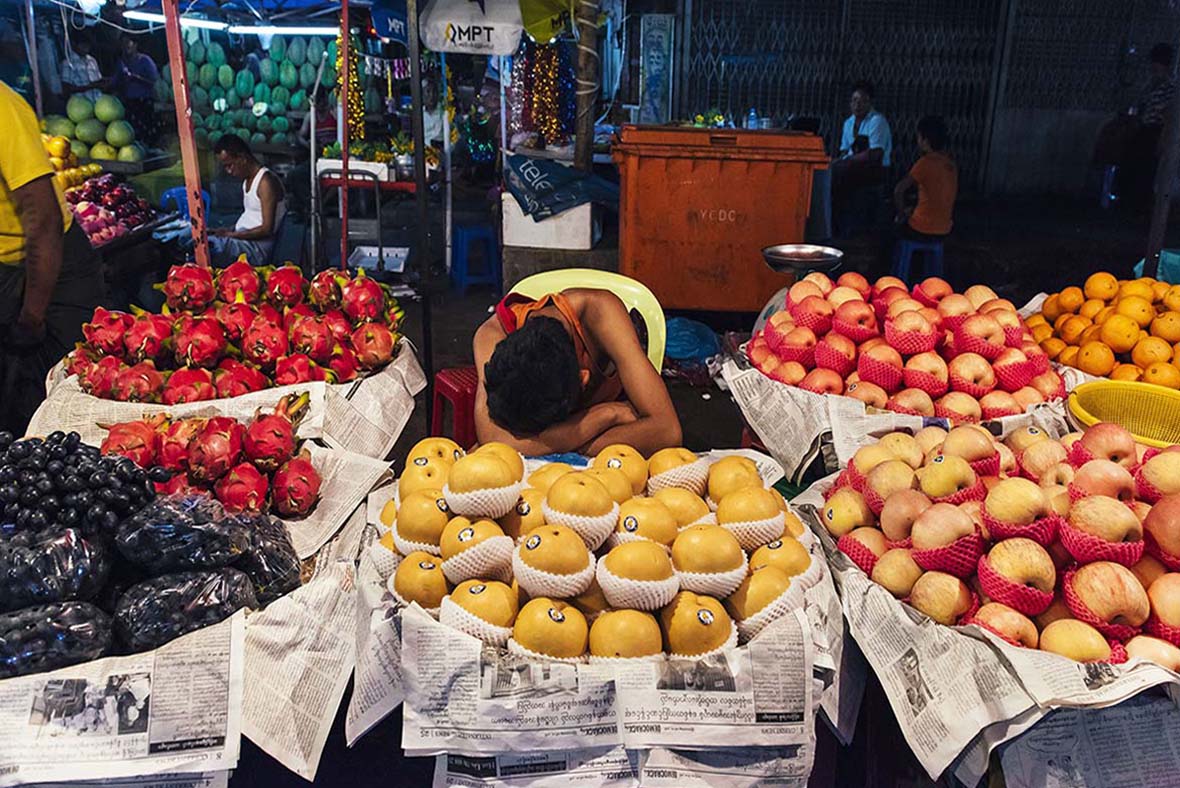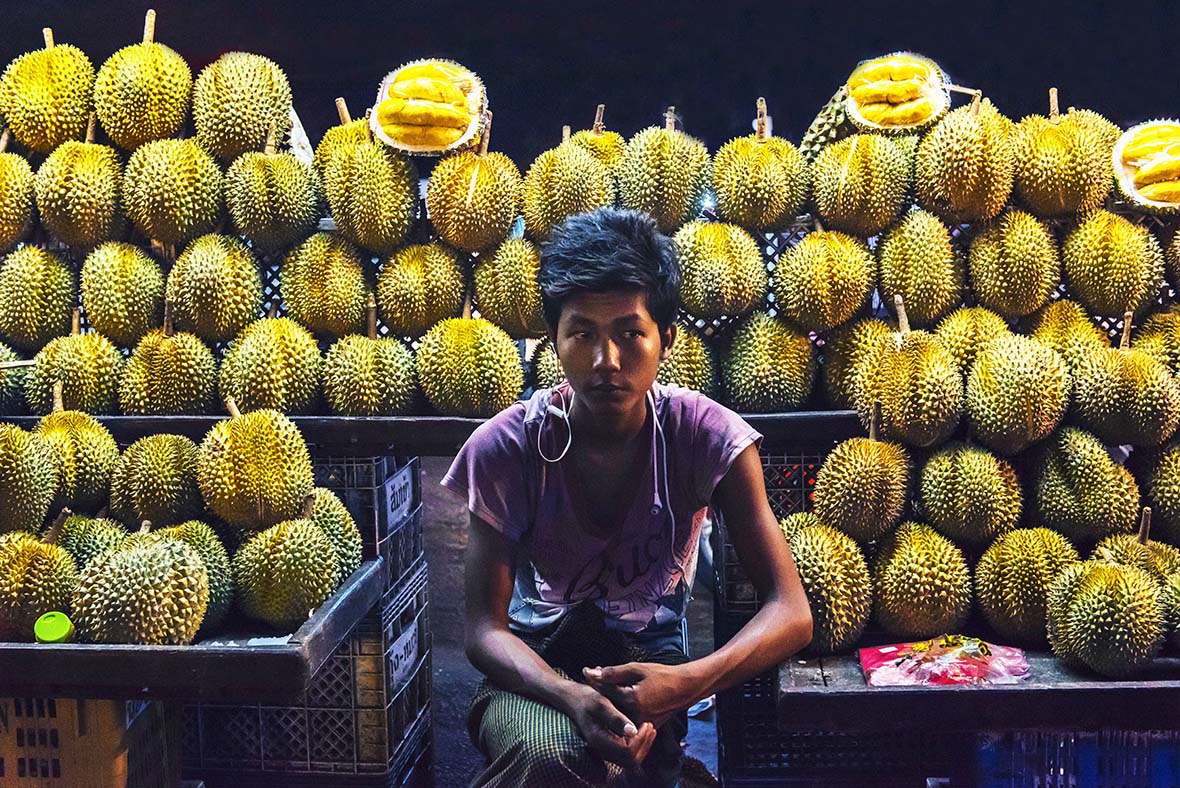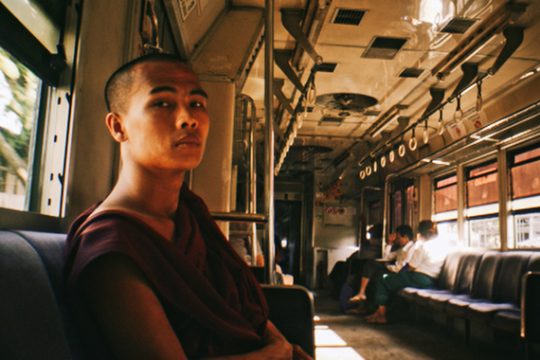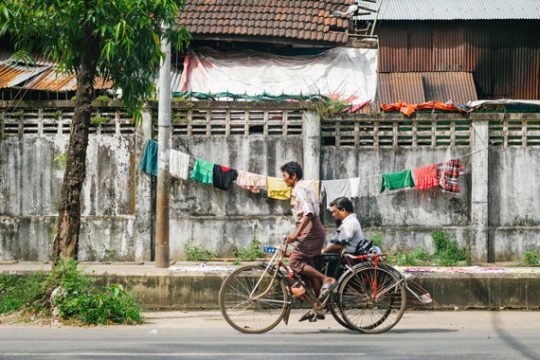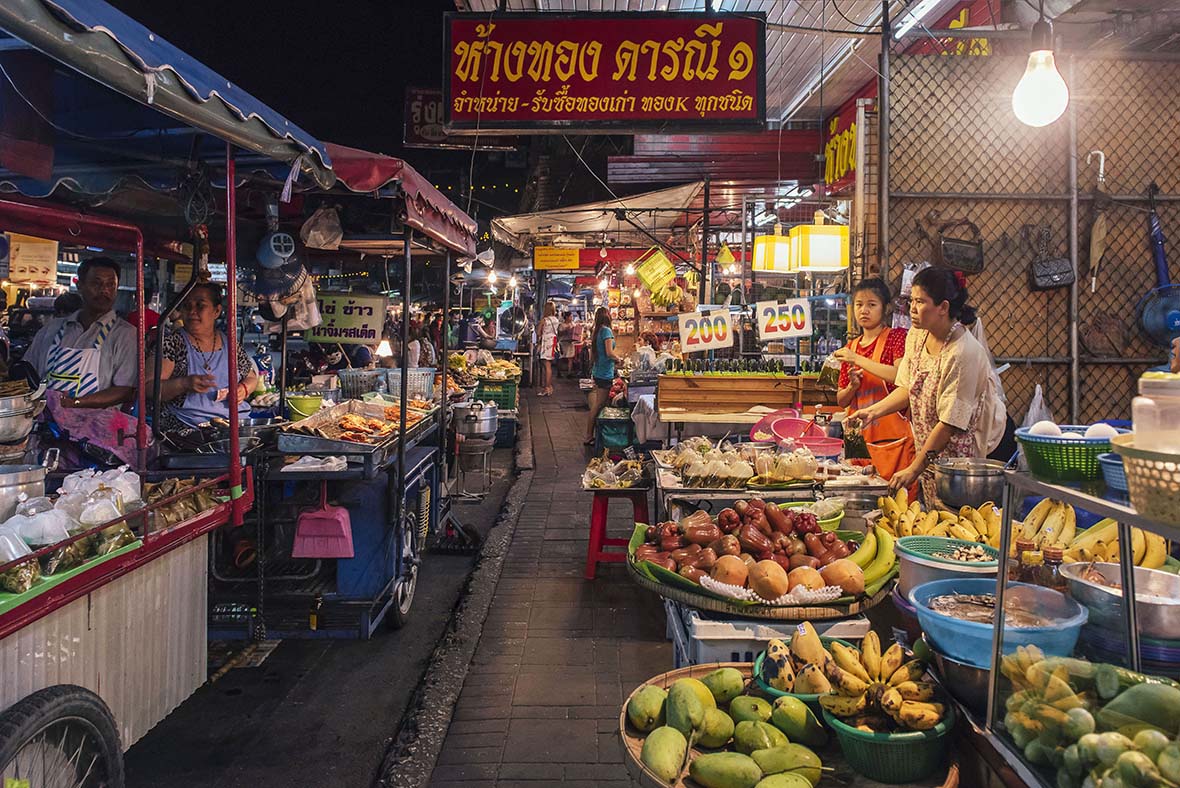
People tend to have a preconceived notion of what night markets are, considering them simply as places where people can gluttonously eat and drink to their heart’s content. But in reality, that’s barely scratching the surface; there is more to night markets than meets the eye. The rich selection of local street food is definitely a big part of night market culture, but there are also vendors selling cheap clothing, print publications, vinyl records, and various household items. You can even find more peculiar services, such as palm reading and fortune telling. Although not immediately obvious, night markets are actually intrinsically linked to the daily lives of the locals and their traditions.
在多数人眼中,夜市只不过是一个吃喝闲散地儿,但事实上,又不尽其然。许多夜市除了吃喝外,还有书报杂志、影碟唱片、平价服装、日常家居等,甚至有看相、测字、算命……等等与寻常百姓日子息息相关的琐碎。
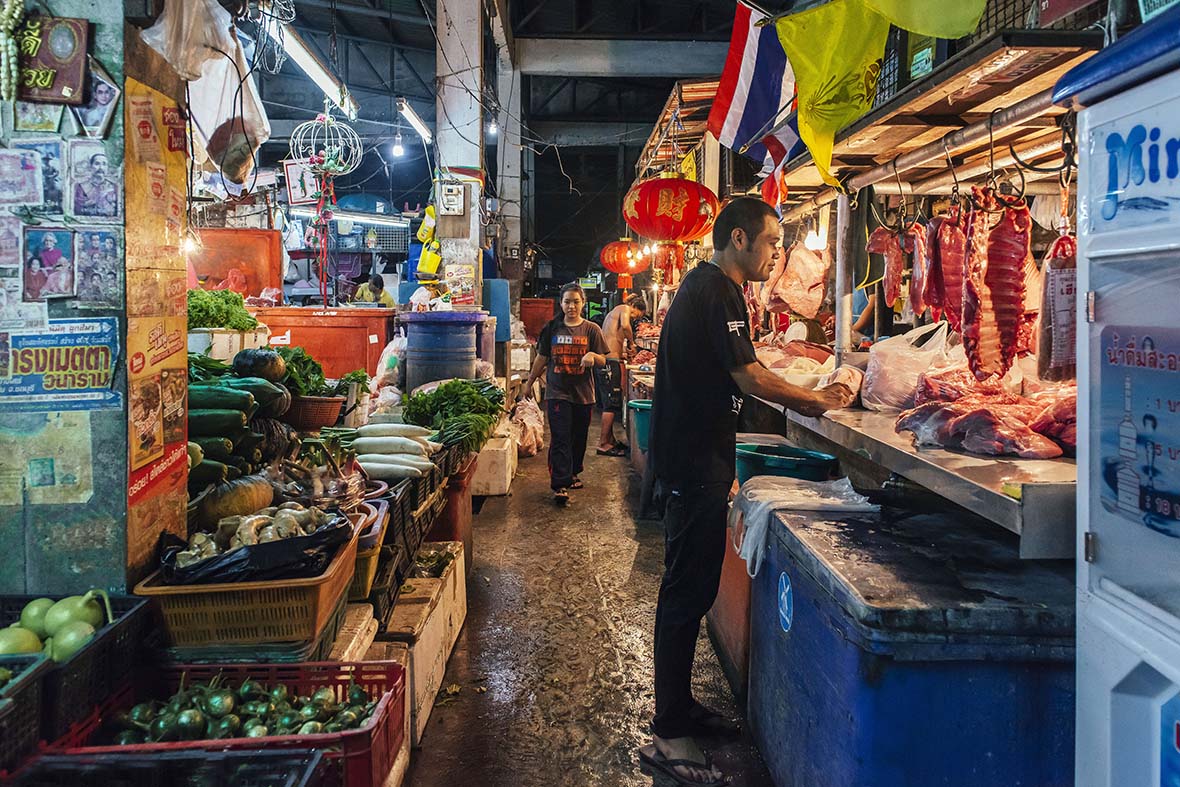
For locals, night markets are places where they can go to relax and unwind from the stress of a busy workday. They’re also convenient shopping destinations that hold a wide array of products for avid consumers. For tourists, on the other hand, night markets are places where they can go and immerse themselves in authentic local culture. A visit to the night market can give them a candid look behind the curtains of a particular city; it is a place that can provide some insight into the religious preferences, economic status, and the local traditions of the region.
对本地人而言,夜市提供了工作之余的休闲场所,这里诸多小商品的集中售卖也弥补了日间无暇购物的不便。而对外来人来讲,夜市更是与地方文化亲密接触的不二法门。所谓饮食男女,你可以通过夜市更真实的了解当地的经济状况、宗教信仰、风土人情,所有更接地气的一面在此向你铺开。
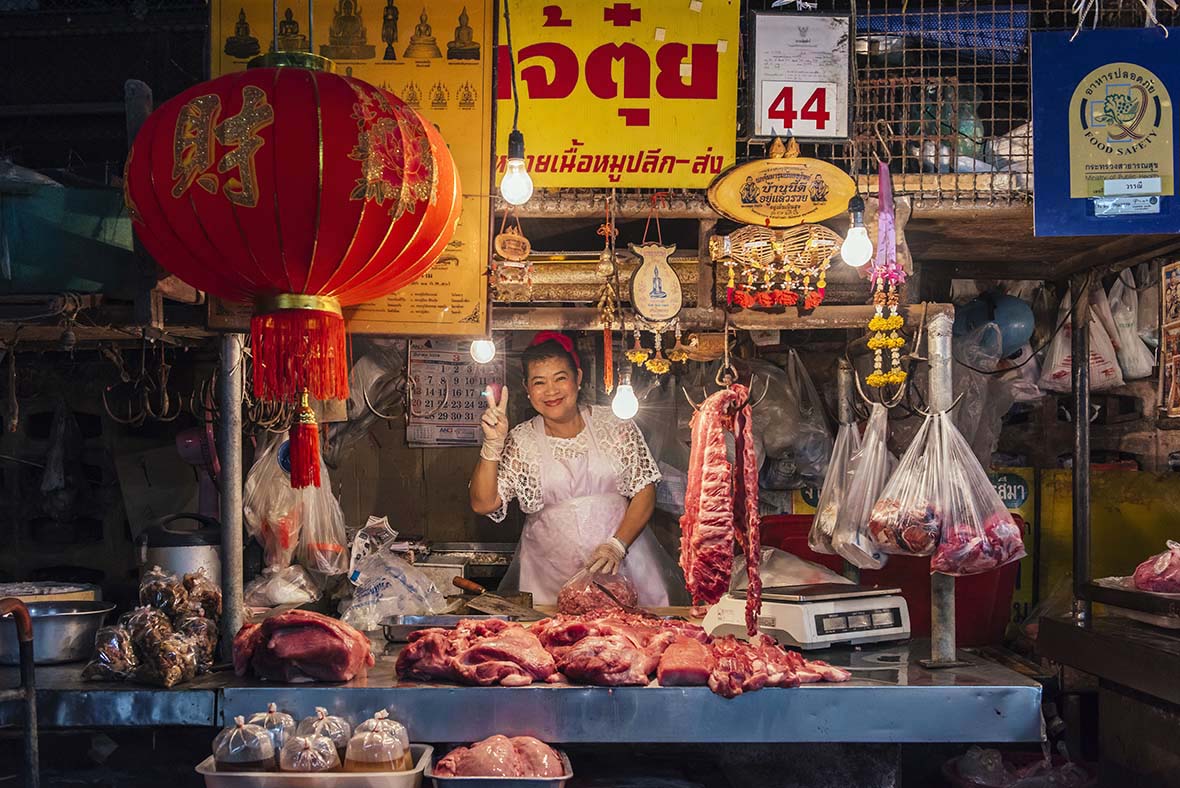
The night market in Pattaya, Thailand is as convenient as it is lively. People can drop by and buy fruits, a late night snack, or meet up with a group friends to enjoy a hot meal from one of the many street stalls. A stroll through this market reveals a near overwhelming selection of food. Every stall appears to be busy stir-frying, deep-frying, grilling, brining, or preparing dishes for the endless stream of hungry visitors. Even though it’s street food, it is obvious these stalls pay close attention to the way ingredients and seasonings mix. At one stall, I requested my dish to be prepared with a certain combination of ingredients, but the stall owner looked at me as if I was committing culinary blasphemy and dissuaded me. Rows of take-out bags can be seen hanging at many stalls, the owners of which looking to capitalize on customers on the go. The locals are fond of sweets, and a huge variety of eye-catching multicolored desserts can be found throughout the market. When you’ve finally decided on what to eat and filled your stomach, then it’s the perfect time to explore and see what the rest of the market has to offer. I browsed through old vinyl records, picked up a local newspaper, and chatted with some stall owners. The locals were friendly, humorous, and lively. Despite the language barrier, a simple smile and nod at times felt like it was all the dialogue that was needed.
在泰国芭提雅的夜市,人们可以买到蔬果、打包宵夜,或是三五人坐下热食,闲聊一二。这里沿路小吃品类繁多,少有重样的摊位,煎、炸、烤、煮、拌,各种食物做法层出不穷,所用配料也颇为讲究。我曾试图自行搭配食物与香料,却被摊主善意拒绝,似乎那样便破坏了他们的美食原则。摊主们在提供现煮的同时,也会整齐摆放出已打包扎口的分装小食袋,以方便那些没有时间坐下的顾客。当地人喜甜食,常把甜食染成极具想象力的缤纷荧光色,以此夺目。当你在大量美食中作出了选择,酒足饭饱后,散着步又可以捎张影蝶、买份报纸,与摊主唠几句家常。我在此走了几个来回,即便言语不通,也与这些热爱生活又生性幽默的人们熟络了起来,彼此点头招呼不亦乐乎。
As night turned into day, the crowds from the night market began to trickle into the morning street market around the corner. Fish and meat vendors began their prep work. At the same time, many neighboring stalls have already begun hawking fresh produce. Even with the smells and steam of breakfast foods slicing through the brisk morning air, the night market around the bend is still lively, seemingly a 24-hour nonstop affair. As the morning light illuminated the streets, I took in my surroundings. A motorcycle taxi driver finishing up his night shift picks up a fresh bouquet from a flower vendor and local monks made their way through the market, alms bowls in hand. Charitable vendors provided them with food in exchange for prayers of good fortune. Posters and framed portraits of Bhumibol Adulyadej, the King of Thailand, can be seen in the majority of the stalls. As I left the market, I felt like I had a deeper understanding of the local culture. I saw the people’s endless adoration for the king, their unwavering faith in the country, and the passion they had for life.
这熙熙攘攘的人群从夜市直奔早市,转角菜场的鱼摊、肉铺也忙活起来,边整理着时鲜货品,边做起了买卖。街边早餐已冒着腾腾热气,那外头的夜市仍旧络绎不绝,24小时都不得空,以此生生不息。刚结束一晚工作的摩的司机,也不忘在清晨的花店挑一束中意的鲜花。当地僧人在此时也托钵开始了一天一次的乞食,很多摊主会分享他们的食物给僧人,并祈求平安。泰国人民非常爱戴他们的国王,在市场摊位上随处可见悬挂张贴的国王肖像。所以你会感受到这个国家的信仰,国王与人民的和谐关系,以及他们的生活热情。
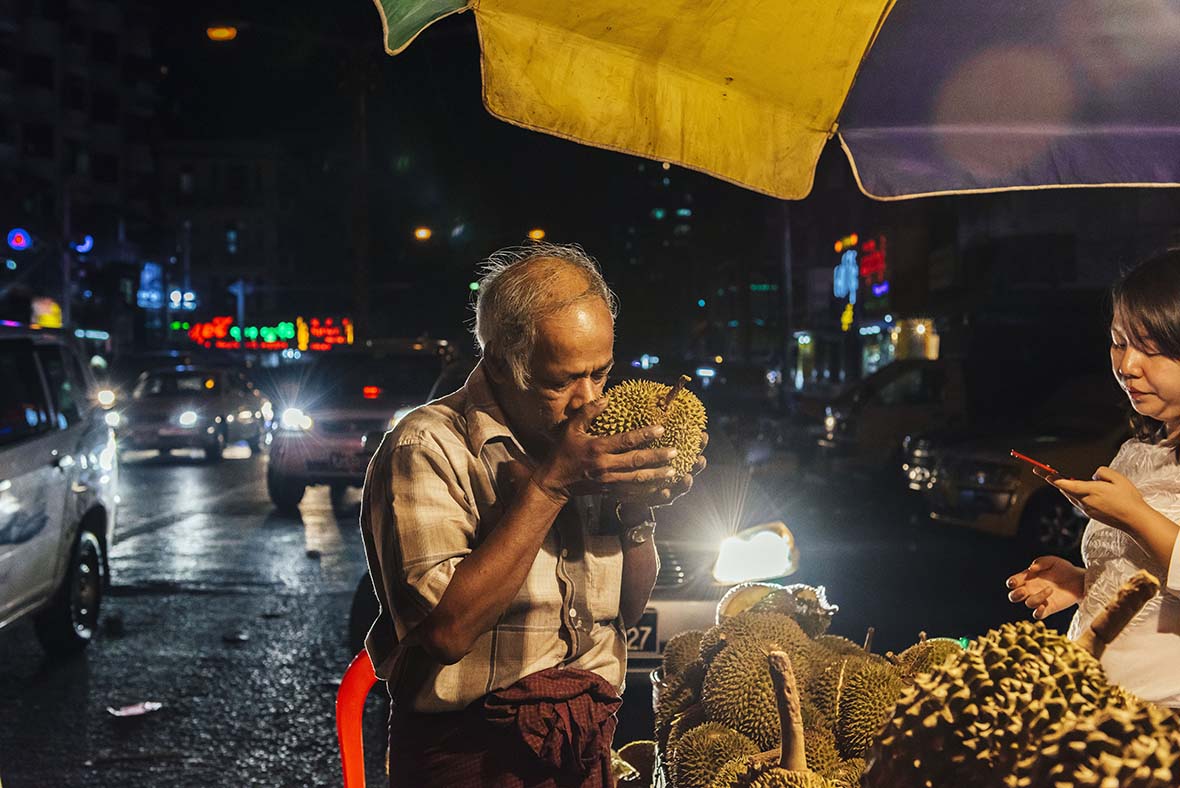
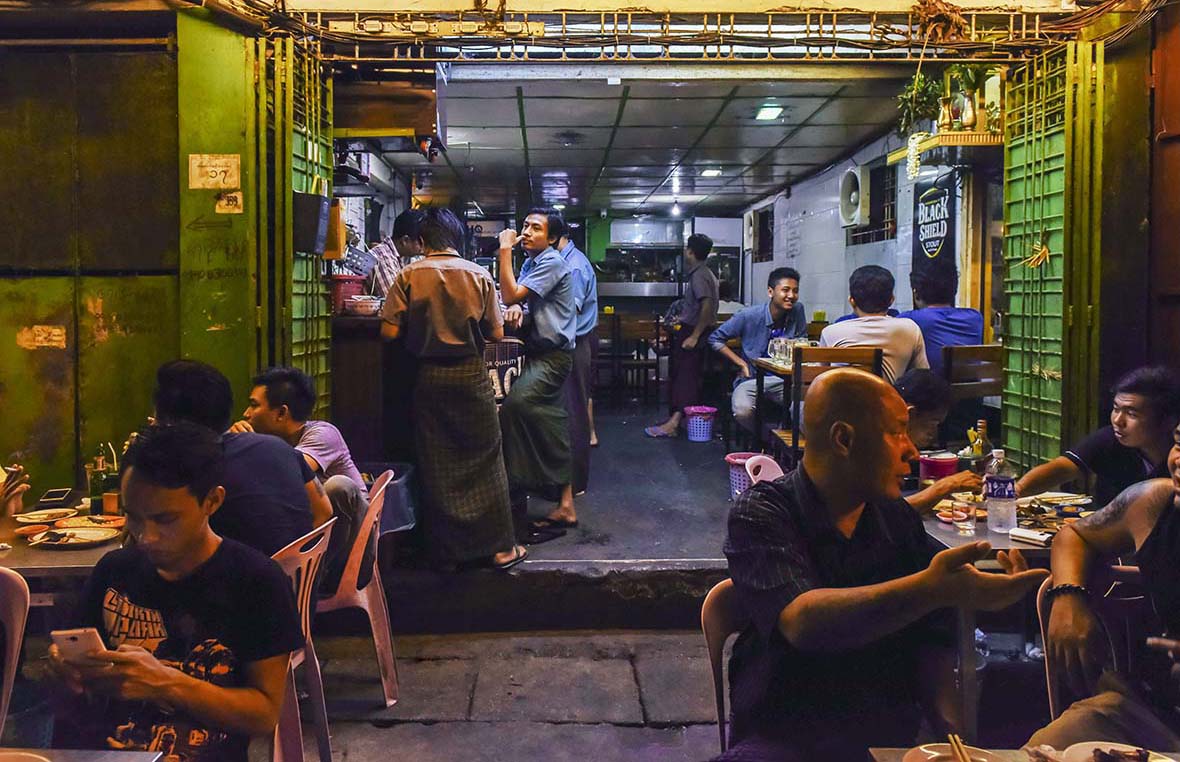
A few days later I arrived in Yangon, Myanmar. The temperature was noticeably hotter than Thailand, and I relied on gulping down mouthful after mouthful of sugar cane juice to keep me refreshed and hydrated under the blistering hot sun. Strolling through Yangon in the day, the streets were already abuzz with activity and people weaving in and out of street side stalls set up by tea vendors. As night descended, the night market came to life and the streets became even more lively. I noted many similarities and differences between the Yangon market and the Pattaya night market. Like Pattaya, the street food seemed to open up the floor for lively discussions and talks amongst friends. But the dishes in Yangon were less well-presented in terms of aesthetics and seemed to reflect the unavailability of certain ingredients in the area. The dishes here mostly rely on a variety of heavy seasoning for flavor, and the most prominent street food is wet tha dote htoe, which are skewers of pork offal boiled and cooked in soy sauce. The skewered pork sit in a circle inside a large metal pan. Occupied plastic stools surround the stalls, and people are happily eating and dipping away.
抵达缅甸仰光后,天气更炎热了,我只顾着不停地往嘴里灌甘蔗汁。街边有不少热闹的茶铺, 但是当晚的夜市才让人窥见了更多生活气。美食当前,人们必然是打开的,茶余饭后聊什么都是嘴边话。可能由于物资的相对匮乏,缅甸的食物并没有太多花里胡哨,他们喜欢用各种调味粉。这儿的夜市里,最多见的就是卤煮烫,主要是猪肉下水串成串摆在卤煮汤锅的四周,摊位周围有一圈凳子,食客可坐下来随意挑着签、蘸着汁儿吃。这里的夜市还有各种煎炸饼类和虫子;有拌着豆制品的凉面;有堆成山的榴莲;更有烧烤、粥品类,比白日里的街头食物要丰富得多。
The streets of Yangon were quite active as well. Crowds of men gathered and watched TV on the side of the street while drinking beers, others seem perfectly content to just sit outside in the cool night air and people watch. The Myanmar people are mostly Buddhists, but from brief conversations with a few locals, it seemed like they were eager to learn more about foreign religions. The more outgoing locals won’t hesitate to come up to you with flirtatious offers of taking you out for milk tea in English. On the other hand, some locals are more reserved, or perhaps wary of foreigners, and tended to keep to themselves. But for the most part, people still seemed keen to interact with visitors to try and learn more about the world outside of Myanmar.
男人们也喜欢在仰光的街头巷尾聚一起,看个电视、喝点小酒,或者只是坐着看看来往的人。缅甸当地人信奉佛教,也对外来人的信仰很感兴趣。出于腼腆或者拘谨,大多数当地人并不会与外国人多话,但也有个别会上前用英文搭讪,请你喝杯奶茶。他们都很友好,也希望接触到更多外面的世界。
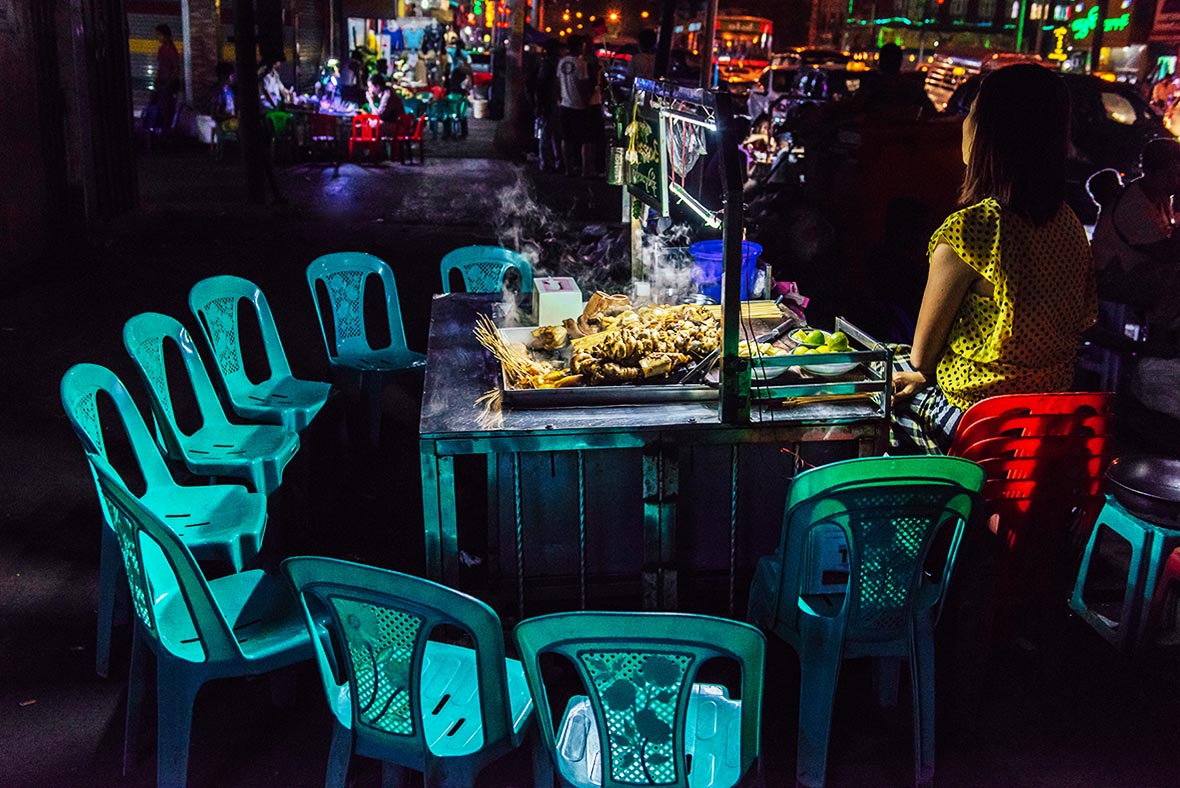
Night markets are a cultural phenomenon; they’re closely linked with the local economy and societal needs. If you’re looking to experience a slice of authentic culture in southeast Asia, night markets are undoubtedly a must-visit.
夜市于一定的经济条件和社会需求之上,融入了当地民生,形成了一种独特的文化现象。若是你在旅途中,不妨入乡随俗,去夜市走走,因为在那里方能尝出地方滋味、百家烟火。

